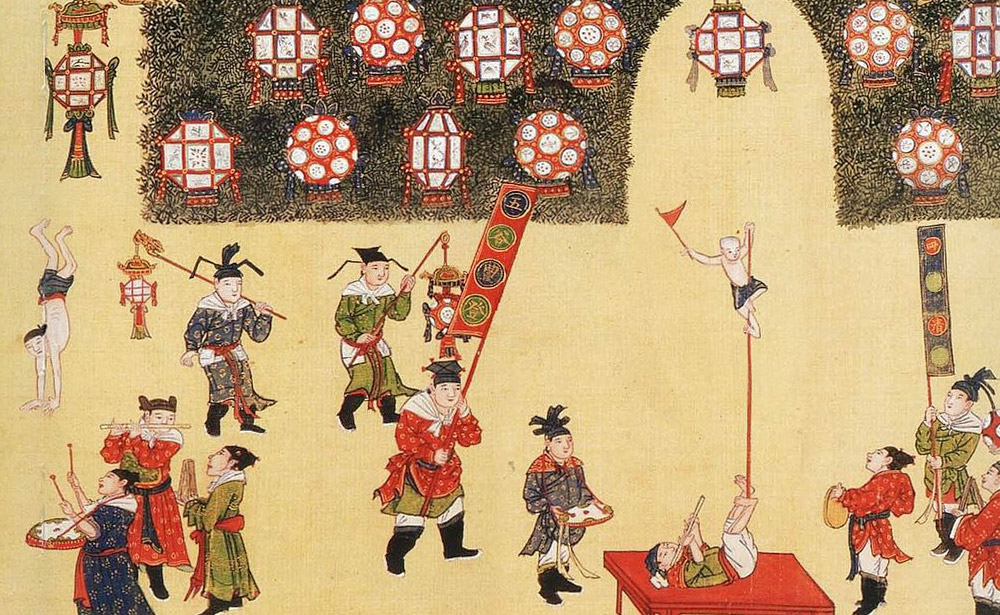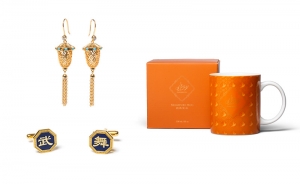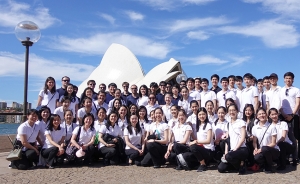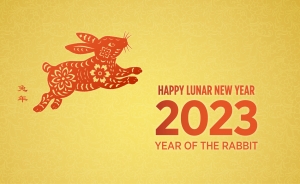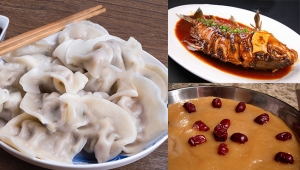Distinctly Chinese and so symbolic of the Middle Kingdom’s rich culture, the Chinese lantern dates back at least 2,000 years.
Today, the humble lantern has even made it on to the Shen Yun stage, but it first emerged to simply serve a practical purpose—to offer a warm glow in the dark of night.
It’s a clever concept, really, a flickering candle enclosed by a gauze silk or paper-draped frame. Lanterns emerged in Buddhist rituals as a way to pay respect to divine beings. Lanterns thus became a symbol of wisdom, owing to the light they bring to the world.
Origins of the Lantern Festival
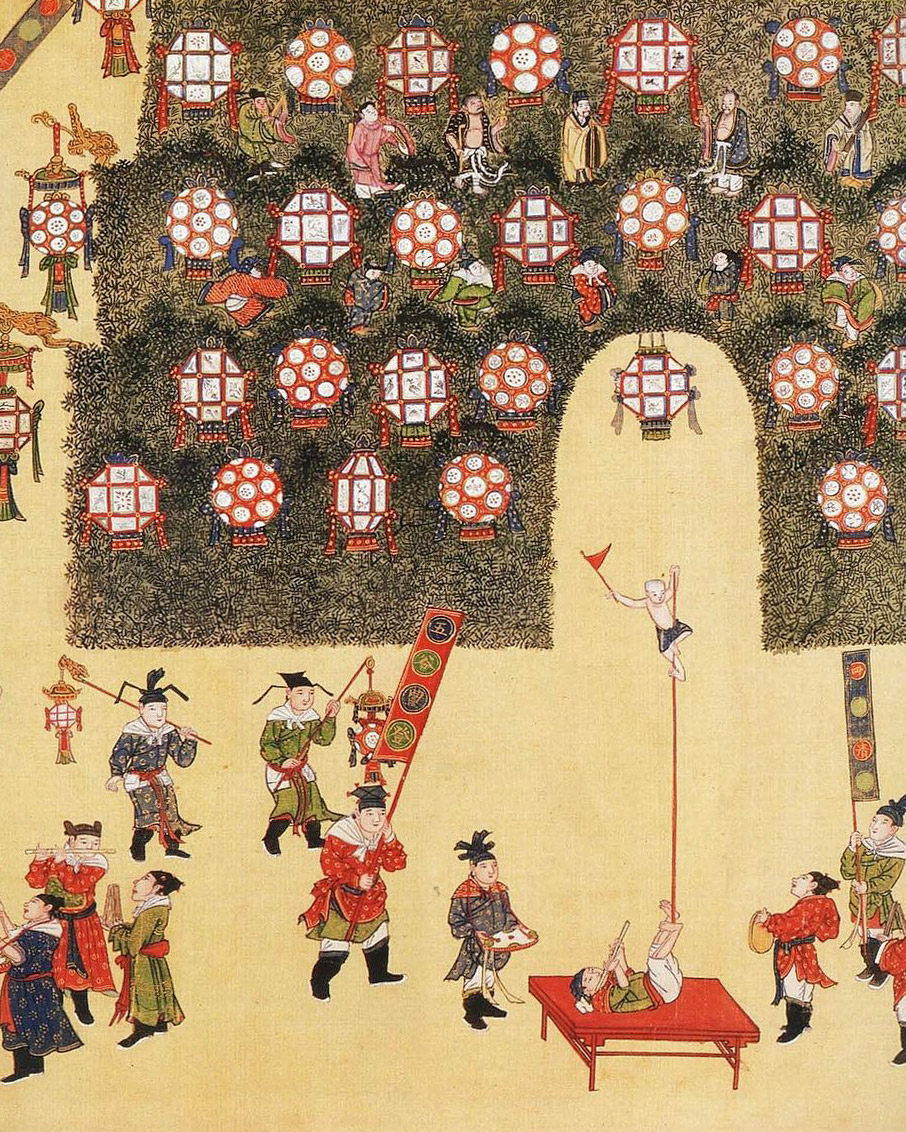
There are a few stories about how the Lantern Festival came to be, but one of the most widely accepted versions traces back to the second emperor of the Eastern Han Dynasty (25–220 C.E.). The emperor noticed Buddhist monks lighting lanterns in temples on the fifteenth day of the first lunar month. A proponent of Buddhism, the emperor announced that the imperial palace and all households should also light lanterns on this day every year, and so the folk custom began.
The fifteenth day of the first lunar month marks the culmination of Chinese New Year celebrations, and so the lantern custom had its perfect day to shine. By the Tang Dynasty (618–907 C.E.), the fully-fledged “Lantern Festival” was officially established as a national event, and has been celebrated ever since.
A Feast for the Eyes
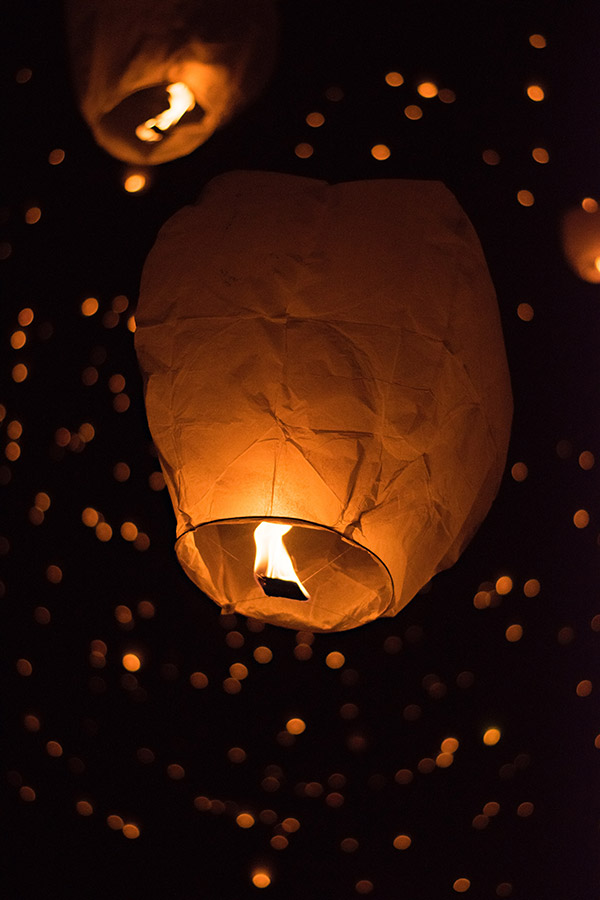
Today, the Lantern Festival is an exciting opportunity for lantern enthusiasts to put their lantern craftsmanship to the ultimate test. In China and diaspora communities around the world there are competitions and prizes for the most impressive lanterns. Festivalgoers can also try their luck at solving lantern riddles, which are written on or attached to the lanterns.
Should you find yourself at a Lantern Festival in a place like Taiwan, for example, you would see not only your typical bulbous-shaped lanterns, but also anything from giant luminous pandas, glowing boats, and the 12 animals of the zodiac to the Taipei 101 skyscraper… just to name a few.
Aside from taking in the glowing display, don’t forget to try some tang yuan. These glutinous rice balls are often filled with black sesame, peanut, or red bean paste. And if you happen to know a Chinese auntie who offers you some, forget about turning them down. She doesn’t care if you’re on keto.
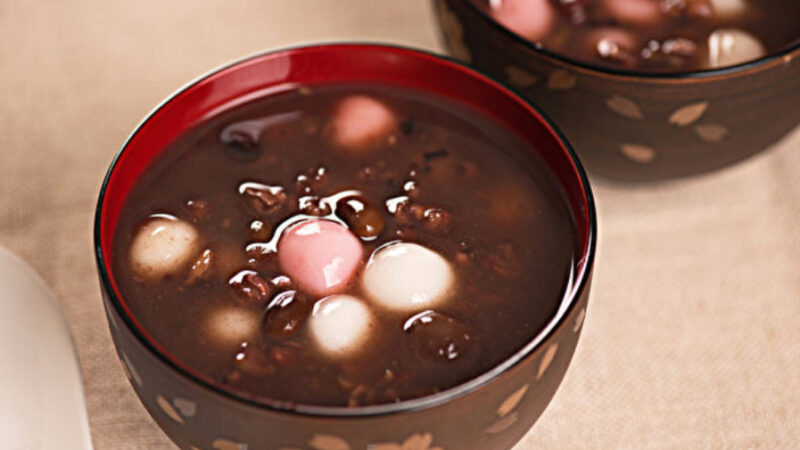
Tang yuan can be immersed in sweet ginger syrup or just boiled water. Literally meaning “soup balls,” they are also served in round bowls, and it’s said the roundness symbolizes the togetherness of a family. Tang yuan also sounds like tuan yuan, which means “reunion,” so all the more reason to eat them with family or friends.
A Wide Range of Lanterns
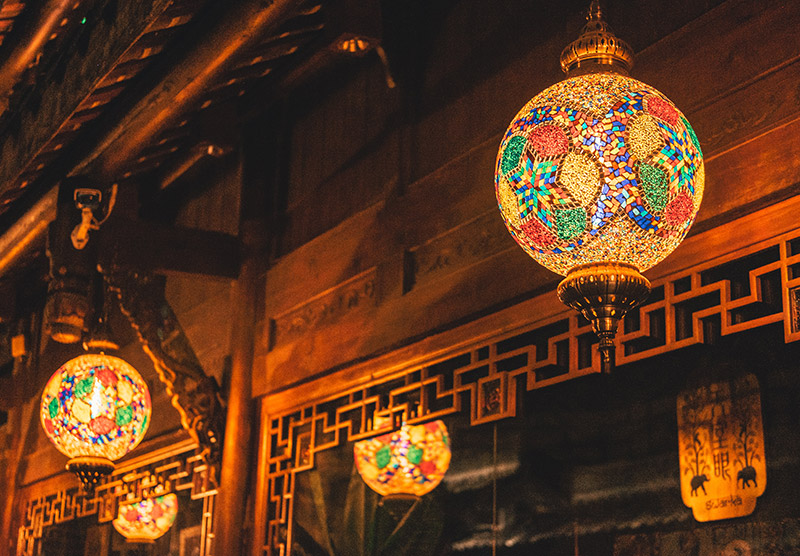
Although spherical-shaped lanterns are the most common, lanterns come in all shapes and sizes, including hexagons and octagons. The diaphanous drape, which initially was intended to prevent the wind from blowing out the candle, is now one of the lantern’s major decorative aspects. Phoenixes and dragons were once seen only on the ornate lanterns of the imperial palace, but now these intricate designs are very common.
And beyond the hanging lantern and the handheld lantern, there are also floating and flying lanterns. Floating lanterns are typically set adrift in a cluster, causing the water to glimmer, making for a magical scene.
Flying lanterns, meanwhile, resemble mini hot air balloons. Also called “sky lantern,” they are said to have been invented by the great strategist Zhuge Liang as a way to signal between troops. With this lantern, the heat of the flame generates enough hot air to set it airborne. Today, it’s a fun tradition to make a wish before releasing the lantern into the night sky.
But there’s one more type of lantern we haven’t touched upon yet. It’s not commonly seen. This type of lantern is for dancing with... on top of your head.
Be sure to catch Shen Yun’s dance piece Lanterns Grace on our 2020 tour.


